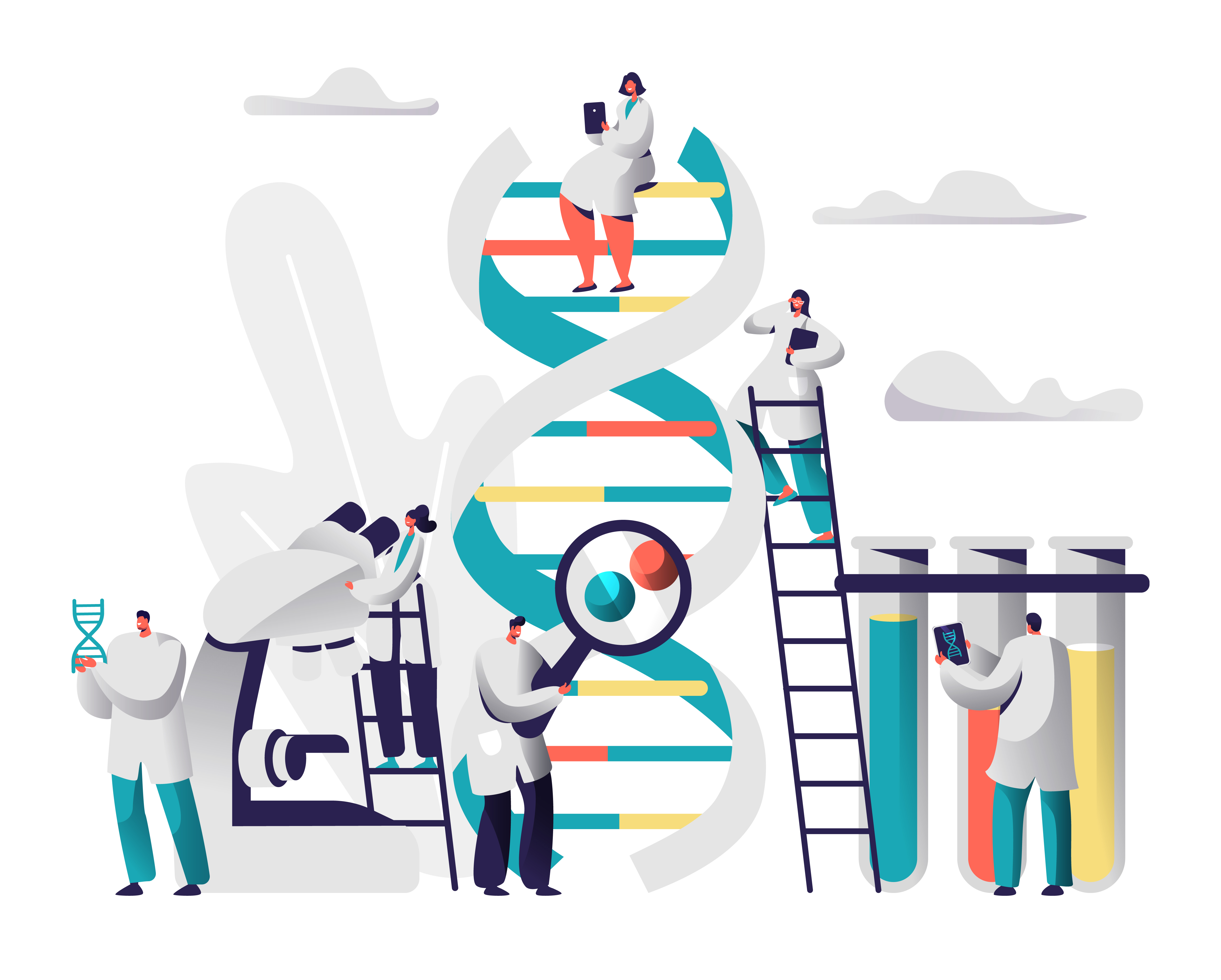Rewriting Our Genes Is Easier Than Ever. That Doesn't Mean We Should Do It.
By Sarah Ruth Bates,
WBUR Boston
| 01. 03. 2020
Gene-editing technologies have huge potential to alleviate human suffering. But, like all very powerful technologies, they also carry enormous risks if used improperly.
In November 2018, a team of scientists in China led by Dr. He Jiankui revealed shocking news at a conference: he’d used CRISPR-Cas9 (often referred to as just CRISPR) to edit the genes of three embryos. Two of the embryos were successfully implanted in a surrogate, resulting in twin girls. Now known only as Nana and Lulu — their identities protected in scientific version of the witness protection program — Dr. He said he’d used CRISPR to immunize the embryos to HIV. But he’d acted against worldwide guidelines and regulations to do so. Those regulations prohibited “germline” edits, or genetic edits that are heritable to the edited organism’s future offspring. (Dr. He and his collaborators were recently sentenced by a court in Shenzhen to three years in prison for conducting "illegal medical practices.")
Let’s back up.
Gene editing is what it sounds like: modifying an organism’s genes. The technology has a massive range of applications, and those...
Related Articles
By Aisha Down, The Guardian | 11.10.2025
It has been an excellent year for neurotech, if you ignore the people funding it. In August, a tiny brain implant successfully decoded the inner speech of paralysis patients. In October, an eye implant restored sight to patients who had...
By Jessica Hamzelou, MIT Technology Review | 11.07.2025
This week, we heard that Tom Brady had his dog cloned. The former quarterback revealed that his Junie is actually a clone of Lua, a pit bull mix that died in 2023.
Brady’s announcement follows those of celebrities like Paris...
By Heidi Ledford, Nature | 10.31.2025
Late last year, dozens of researchers spanning thousands of miles banded together in a race to save one baby boy’s life. The result was a world first: a cutting-edge gene-editing therapy fashioned for a single person, and produced in...
By Lauran Neergaard, AP News | 11.03.2025
WASHINGTON (AP) — The first clinical trial is getting underway to see if transplanting pig kidneys into people might really save lives.
United Therapeutics, a producer of gene-edited pig kidneys, announced Monday that the study’s initial transplant was performed successfully...




